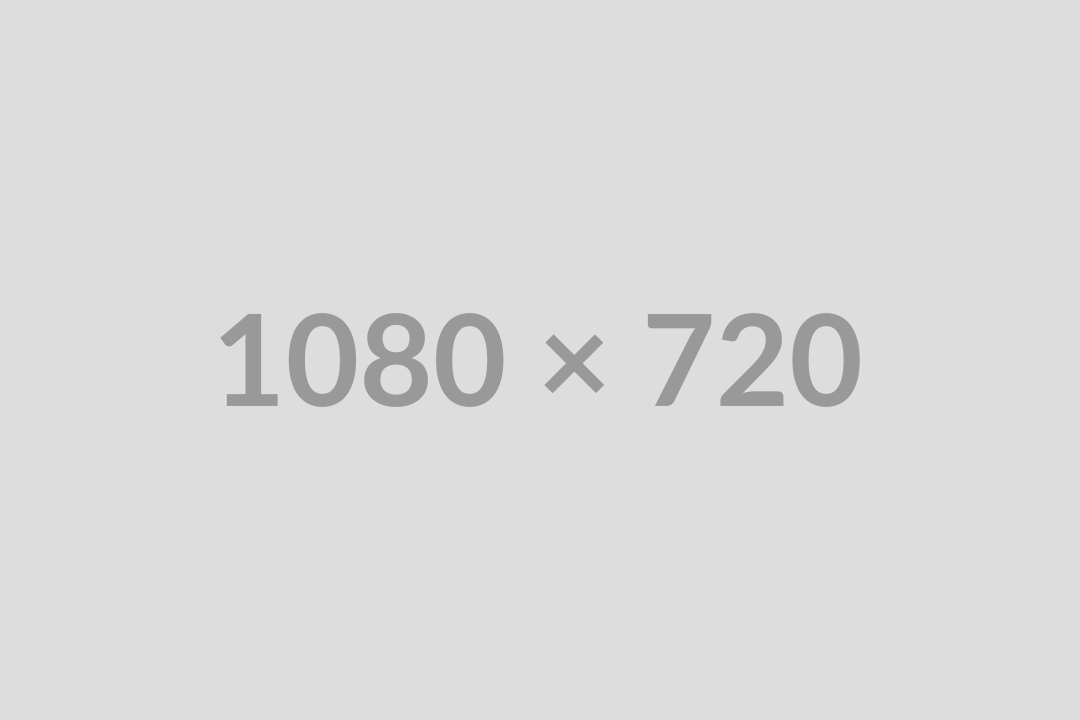I believe most landscape contractors understand that unit pricing their landscape estimates should be avoided wherever possible. Unit pricing is not consistently profitable. It lowers the professional bar in our industry. It’s the very foundation for ‘low-ball’ price wars. It leads to more small jobs and less large ones. But occasionally, we’re all forced into a scenario where unit pricing is required (a tender, working for an architect), but it should be avoided unless absolutely necessary.
But although many landscape contractors have grasped this concept, estimating with unit pricing is still very much alive and well in the green industry. For reasons that might include speed (needed this estimate yesterday!), a lack of a proven alternative, or simply a fear of change, there’s a significant percentage of landscape contractors who stick to pricing work by the size of the area or the cost of the materials instead of using a pricing system based on the true costs of completing the job.
It’s Got Us Where We Are Today. Why Change?
If you’re happy where you are, you’re profitable, and your profits are consistently good, then perhaps you don’t need to change. But if you’re struggling with people, training, profits, growing into larger jobs, or fighting for bids with price wars, then join us for a few real world examples of why your estimating methods have to change.
One of the oldest pricing methods in the book is unit pricing using the square foot method. You might use this method to quote lawn maintenance, snow + ice control work, or installing decks or pavers. But let’s take a look at some real-world examples of how this method falls apart.
Job A: The Jones’ Back Patio. Mrs. Jones would like a patio off their back doors in a backyard with poor access. The total size of the patio is 180 sq. ft. The Jones’ are very budget conscious and want a budget-friendly solution. The Acme Patio Co. (a purely fictional company!) pricing the work has done Brussels Block patios dozens of times before and prices the work by their old standard.. $16/sq. foot installed x 180 sq. feet . Total price $2880.
Job B: The Petersons’ Driveway. As the Acme Patio company commences work at the Jones’ house, their neighbor, the Petersons, approach them about their driveway. They’d like to rip out their existing asphalt and install a new 1,000 sq. ft. driveway from garage to street. They request a quote and the Acme Patio Co.’s estimator looks at the job with the following adjustments:
- The bigger square footage and easier access will result in improved efficiency. He estimates improving 20% for speed and productivity
- The deeper base will increase excavation and base installation. He increases the costs by 20%.
- The Petersons’ want a slightly more expensive paver called Avante. It’s 25% more expensive than the Brussels Block, so that he ‘estimates’ he needs another 10% to the job’s price.
With a final unit pricing of $17.60/sq ft, he figures the job to cost $17,600.
Although these jobs seem similar, nothing could be further from the truth. There are many costs are that not going to change proportionately based on square footage.
- Mobilization/De-mobilization of the job and the equipment, setting up the site, delivering materials
- Excavation – true, it’s somewhat based on size, but access and equipment availability swing excavation time from a few hours to a few days.
- Base installation – only materials here are determined by square footage. Here, you could dump a tandem of base right into the excavated drive, whereas the back patio’s gravel gets dumped in the drive, then carried 1 wheelbarrow at a time to the back.
- Avante pavers come in pre-assembled clustered stones to achieve their random pattern. Each Brussels block is individual. Installation time of the Avante paver takes far less time to install the same random pattern.
- The Jones’ patio has a curve on one side requiring careful measurements and cuts to be made. The Peterson’s drive is straight, with few cuts.
Before we go any further, let’s compare Acme Patio Company’s unit pricing estimates with how the jobs could have/should have been priced by an estimator who arrives at a price using a detailed list of labor, equipment and material costs…
Jones’ Backyard Patio
| Labor | A 3-person crew for 2 days |
$50/man hr |
$3000 |
| Equipment | A crew truck + tool trailer |
$125/day |
$250 |
| Materials | 180 Sq. Ft Pavers @ $3/sq. ft |
$540 |
$540 |
| Materials | Base aggregates, sand etc. + delivery charges picked up at local supply yard |
$500 |
$500 |
| Materials | Edge restraint, jointing sand + other materials |
$500 |
$500 |
| Materials | Disposal – 2 runs with a dump trailer |
$200 |
$200 |
|
Total Price |
$4,990 | ||
“Right” Price Per Square Foot @ 180 sq. ft |
$27.72/sq. ft | ||
|
The Acme Patio Co’s Price |
$16.00/sq. ft | ||
Peterson’s Driveway
| Labor | 2-person crew for 1 day + a 3-person crew for 2 days |
$50/man hr |
$4000 |
| Equipment | A crew truck + tool trailer, mini-excavator and/or skid steer |
$250/day |
$750 |
| Materials | 1,000 Sq. Ft Pavers @ $4/sq. ft |
$4,000 |
$4,000 |
| Materials | Base aggregates, sand etc. delivered by tandem dump |
$1,800 |
$1,800 |
| Materials | Edge restraint, jointing sand + other materials |
$2,500 |
$2,500 |
| Materials | Disposal – 20 yard bins |
$300/ea |
$600 |
|
Total Price |
$13,650 | ||
“Right” Price Per Square Foot @ 1000 sq. ft |
$13.65/sq. ft | ||
|
The Acme Patio Co’s Price |
$17.60/sq. ft | ||
These 2 jobs aren’t just a little bit different per square foot, they are miles apart. A random 20% “difficulty” factor isn’t going to save either job. The true per square foot price is more than double the difference. Even if The Acme Patio Co.’s estimator got a little more aggressive with the driveway pricing and even if he added a 25% increase to the back patio’s price for its difficult access, Acme is still destined to lose money on one hand and lose a good job to a competitor on the other.
If the Acme Patio Ltd.’s unit pricing method runs up against a competitor who looks at each job’s labor, equipment, materials and subcontracting costs to calculate at the price per job, Acme Patio Co. is in a world of trouble. They’re going to win every one of the Jones’ Backyard jobs… but they’re not making a penny on those jobs. And vice versa, they’re going to lose a lot of profitable driveways and larger jobs to their smarter, more accurate competitor.
And the most ironic part about it? Acme’s wondering how their competitor bid that driveway so cheap and yet drives around in new trucks and trailers.
There are a few simple steps to make help ensure all your jobs have a realistic chance to make a healthy profit.
- Use equipment, material selections, and material delivery/disposal methods that reduce labor and time to complete
- Never use unit pricing. Price jobs using labor, equipment, material and subcontracting costs and know your overhead markups
- Train your crews on the most efficient methods to complete the work – concentrating especially on layout, staging and order of operations
- Keep score. Motivate your staff with expected hours on every job, then track their progress.
The good news? There’s still a whole bunch of Acme Patio Co’s out there, flooding our industry with unit pricing. Let them. Grab this year by the horns and make every job a profitable job.



